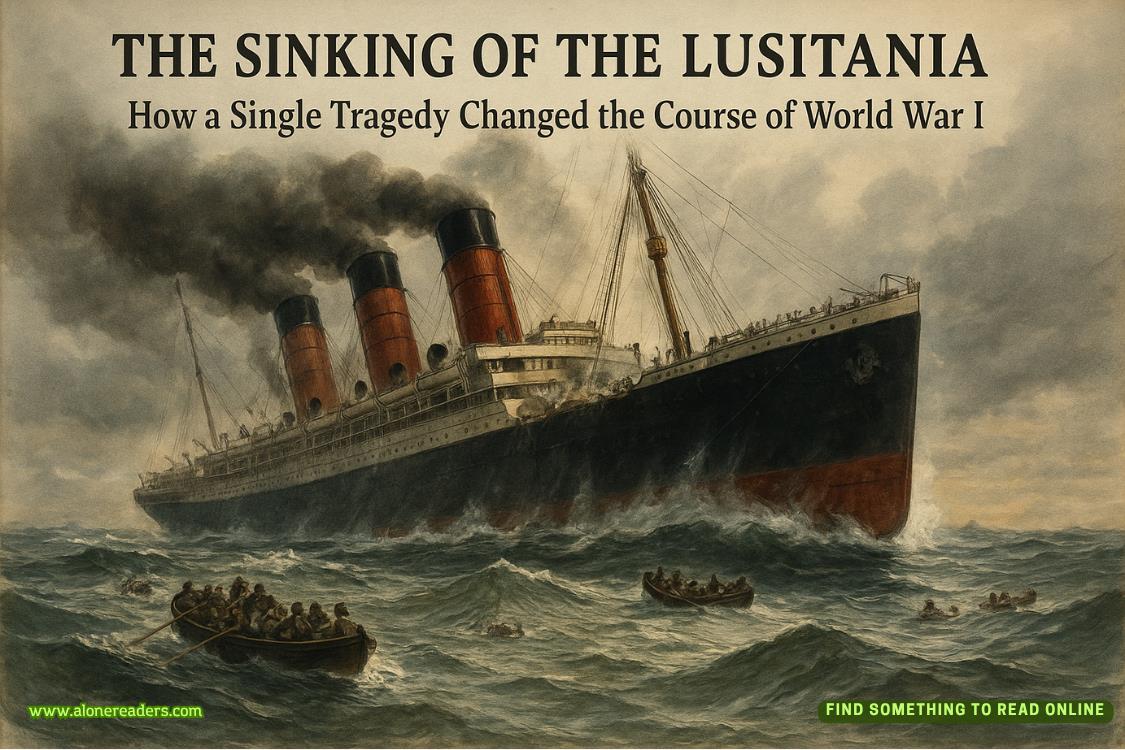Page 1 of Outbreak Protocol
CHAPTER ONE
Day One
ERIK
I adjust the brightness on my centre monitor, squinting as the logarithmic curve shifts slightly with the new data from Cameroon. The clock in the corner reads 2:17 AM, but time feels irrelevant when I'm deep in the numbers. My office at ECDC headquarters sits in perfect silence, thirty-two floors above Stockholm's sleeping streets.
The coffee in my mug has gone cold. I take a sip anyway, grimacing at the bitterness. The building's night staff know better than to disturb me, even to refresh my coffee. They've learned I prefer solitude when I'm working.
Three monitors form a half-circle around me, each displaying different facets of the outbreak. Left screen: raw case numbers by region and demographic. Centre: my modified SIR model showing transmission vectors. Right: mortality projections based on current intervention strategies.
I frown at the rightmost screen, tapping a key to run the simulation again. The projected death toll shifts from 50,412 to 47,236.Better. The previous model hadn't properly accounted for the vaccination campaign in the eastern provinces. I make a note in my research log, satisfied with the correction.
"Forty-seven thousand, two hundred thirty-six," I murmur, adjusting my glasses. The number represents a 5.3% improvement in our containment strategy. I highlight the section on pediatric mortality rates and—
Astrid's hair spread across the hospital pillow like pale wheat, her skin nearly as white as the sheets. The machines beeping in rhythmic counterpoint to her laboured breathing.
I blink hard, forcing the image away. Focus on the data. The data doesn't hurt if you don't let it. I've spent years perfecting this technique—translating human suffering into numbers, variables, coefficients. It's not callousness; it's necessity. One cannot effectively combat disease while drowning in emotion.
My phone buzzes with an incoming video call. Dr. Okafor from the Nigerian CDC. I straighten my tie before answering.
"Dr. Lindqvist, thank you for taking my call at such an hour." Her voice comes through crisp despite the thousands of kilometers between us.
"It's no trouble. I was reviewing the latest projections."
"And?" The hope in her voice is palpable.
I turn to my mortality curve. "The adjusted model suggests our coordinated approach is working. Transmission rates have decreased by 18% in areas where we've implemented the new protocols."
"That's excellent news." Her shoulders visibly relax. "My team has been working around the clock. Some haven't seen their families in weeks."
This is where conversation typically becomes difficult for me. The personal element. I should acknowledge their sacrifice, express gratitude or sympathy. Instead, I clear my throat and point to a specific data point on my screen as if she could see it.
"The intervention in Makurdi shows particularly promisingresults. If we can replicate that success in neighboring regions, we might reduce the overall case fatality rate by another 3%."
Dr. Okafor pauses, perhaps expecting more, then nods professionally. "I'll redirect resources accordingly. My field coordinator mentioned—oh, his daughter just started university in Sweden, actually. Stockholm, I believe. Perhaps near your office?"
My fingers twitch on the keyboard. "Stockholm has several excellent universities. I'm not familiar with their enrollment statistics."
Another pause. Longer this time.
"Of course. Well, I should let you get back to work. We'll implement your recommendations immediately."
After we disconnect, I reach for my glasses only to realize they're already on my face. I've been doing this more frequently lately—forgetting where I've placed things, even when they're right in front of me. Perhaps I need more sleep.
I roll my chair back slightly, surveying my office. Everything in its place. Journals arranged by publication date on the left bookshelf. Reference texts alphabetized on the right. Desk clear except for my laptop, notebook, and the Swedish ceramic mug my mother gave me five years ago. The only personal item visible in the entire space.
My phone rings again. This time it's the WHO coordination team in Geneva.
"Dr. Lindqvist, we need your input on the vaccination prioritization model." Dr. Song's face appears on my screen, looking considerably more tired than when we spoke yesterday.
"I've just finished running the scenarios." I share my screen, walking him through the statistical models. "Based on limited vaccine availability, we should target these three regions first, focusing on healthcare workers and children under five."
"Children under five?" he questions. "Not the elderly?"
"The data shows higher transmission rates among children in this particular outbreak. They're super-spreaders in the affectedcommunities." I pull up a heat map demonstrating the pattern. "By prioritizing them, we create more effective firebreaks in transmission chains."
"Impressive analysis. I'll present this to the coordination committee tomorrow." He rubs his eyes. "How are you holding up with all this?"















